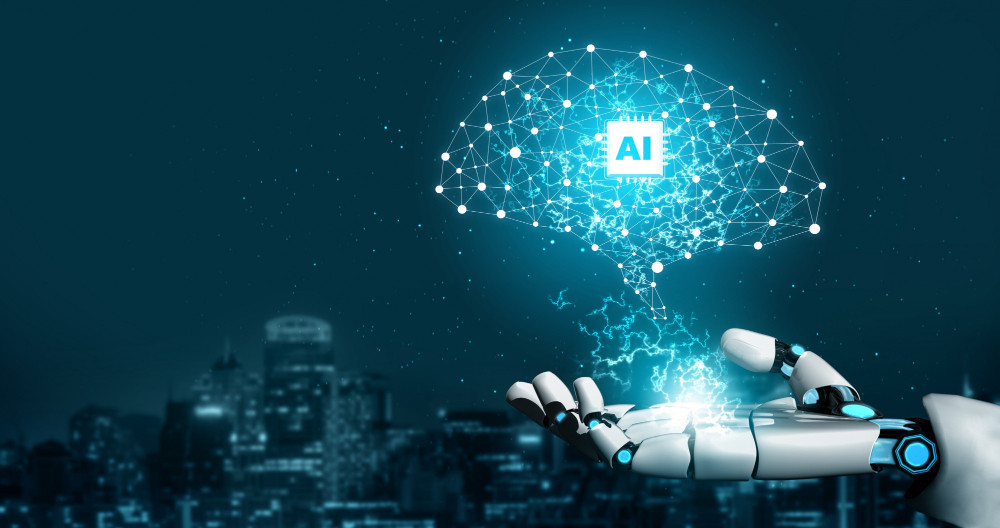Generative AI is reshaping industries - but its environmental footprint is growing. This report shows how every chatbot reply or AI-generated image is powered by massive electricity use, water withdrawals, e-waste generation, and carbon emissions. Training and running large AI models demand massive energy, often concentrated in data centers that already consume significant power. By 2026 data centers are estimated to consume power equivalent to the yearly electricity use of Japan, one of the world’s largest economies.
With India’s data center capacity projected to reach 9 GW by 2030, companies face mounting pressure from regulators, investors, and customers to decarbonize and improve operational efficiency. The report identifies two critical levers for sustainable Gen AI: technology and infrastructure. It emphasizes that data centers must move beyond conventional, water- and energy-intensive cooling methods to build an eco-friendly AI future.
Companies like Submer are addressing this challenge head-on. Through sustainable liquid-cooling technologies and end-to-end infrastructure advisory, they help operators cut electricity and water use while guiding strategic decisions - how to manage exponential compute demand, select new facility locations, and align operations with sustainability goals.


